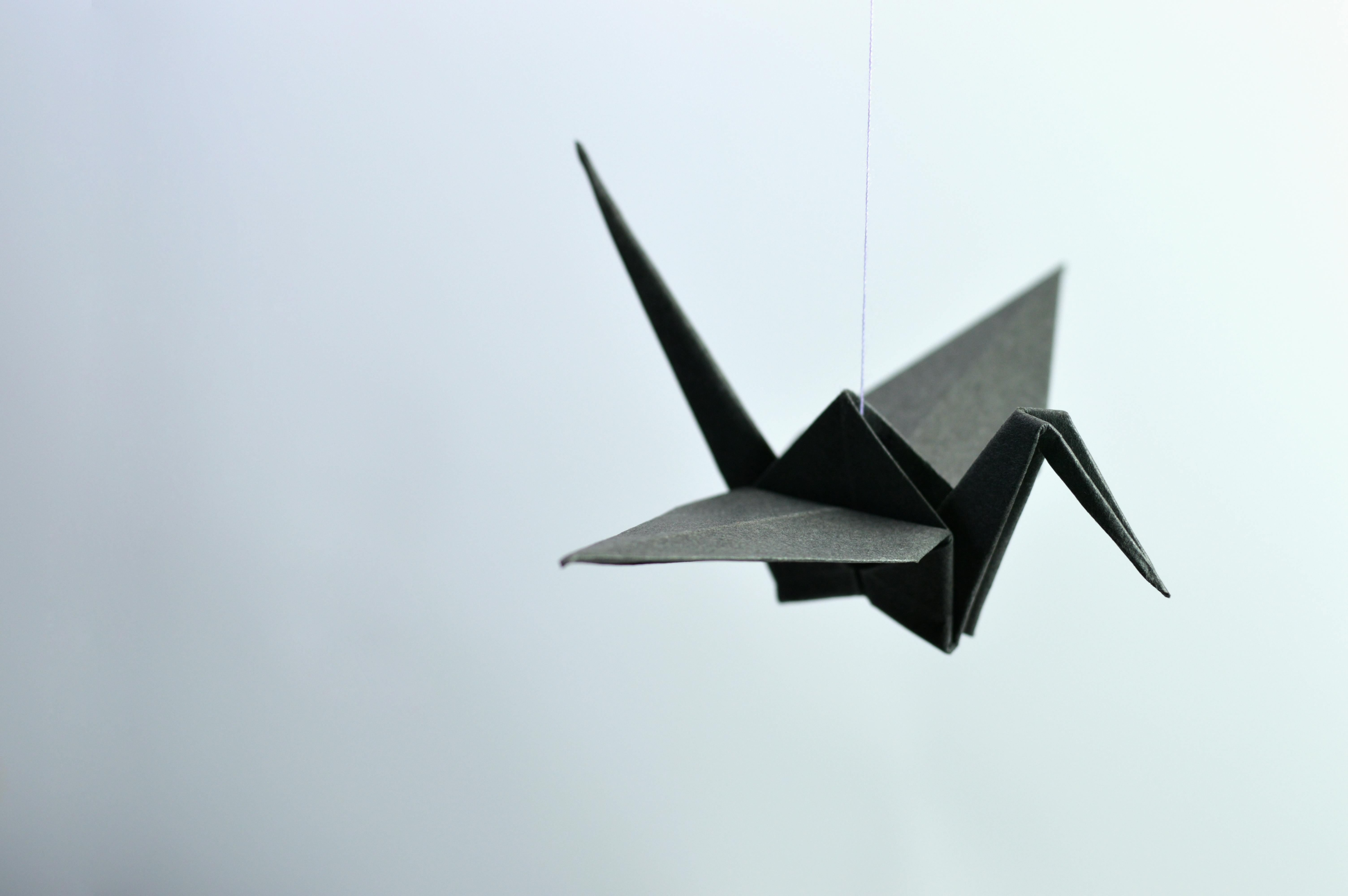Breaking the Mould: The Surprising Rise of Origami in Modern Art
Introduction: In the dynamic world of contemporary art, an unexpected protagonist has emerged: Origami. This traditional Japanese art of paper folding is breaking boundaries and revolutionizing the way we perceive modern art. Origami, deriving from the Japanese words "oru" (to fold) and "kami" (paper), is an art form with a rich history dating back to the 6th century. Initially associated with ceremonial events due to the cost of paper, origami evolved over the centuries, with the Edo period (1603-1867) seeing the creation of many traditional designs still popular today. However, it wasn't until the late 20th century that origami began to resonate within the sphere of modern art.

Modern Art Meets Ancient Craft
The integration of origami into modern art represents a culmination of centuries of tradition with contemporary aesthetics. Artists like Robert Lang and Sipho Mabona have pushed the boundaries of this ancient craft, creating complex and large-scale installations that have found homes in galleries worldwide. This fusion of ancient technique with modern innovation has redefined what is considered ‘fine art’ and challenged the conventional limitations of artistic materials.
Current Trends and Innovations
Today, origami’s application extends beyond paper. Artists are experimenting with various materials, including metal and plastic, to create striking sculptures. Moreover, origami techniques are influencing architectural design, clothing, and even space exploration with foldable structures for satellites. The limitless potential of this art form continues to fuel its increasing popularity and integration within modern art.
The Impact of Origami in Modern Art
Origami’s impact on modern art is profound, providing a fresh perspective on what can be achieved with simple materials and techniques. It challenges the viewer’s perception, transforming a flat piece of paper into a three-dimensional object, often with intricate detail and complexity. The art form also fosters a unique interaction between the artist and the audience, as viewers often have the opportunity to touch and reconfigure origami installations, making the art experience more immersive and tactile.
A New Era for Origami
The fusion of origami and modern art represents a new era for this ancient craft. Its rise in popularity has seen a surge of exhibitions dedicated to origami art, as well as educational programs aiming to teach this skill to the younger generation. Origami’s resurgence has not only breathed new life into the art form but has also demonstrated its potential to continue evolving and inspiring artists for years to come.
In conclusion, origami’s incorporation in modern art has redefined the traditional boundaries of this ancient craft, creating a compelling dialogue between history and innovation. As origami continues to evolve and inspire, it stands as a testament to the limitless potential of human creativity when old and new worlds collide.




